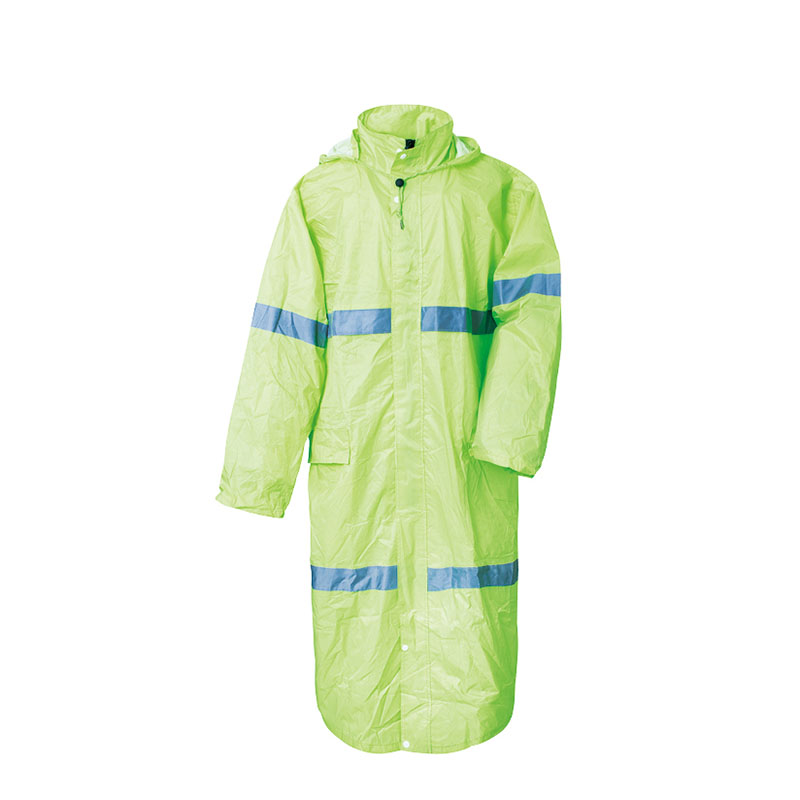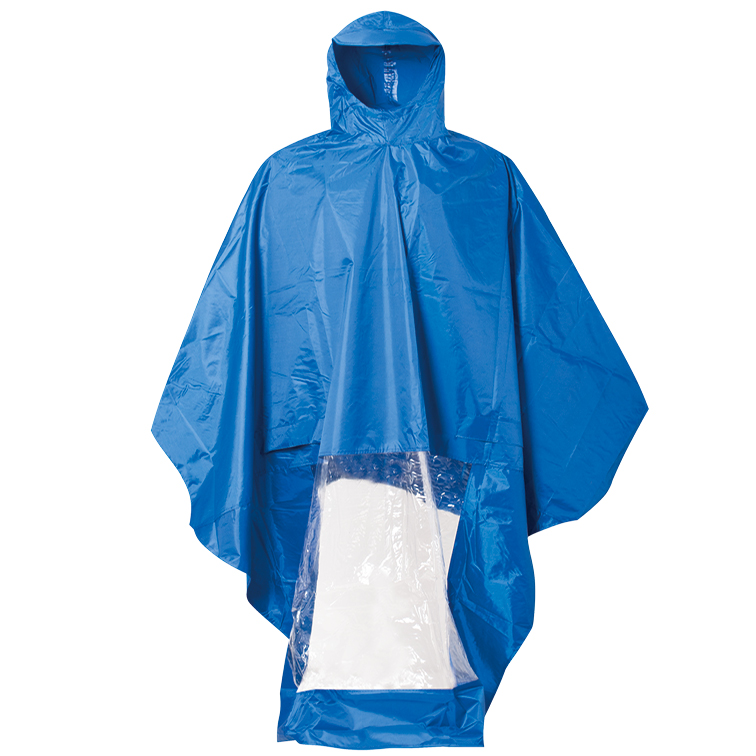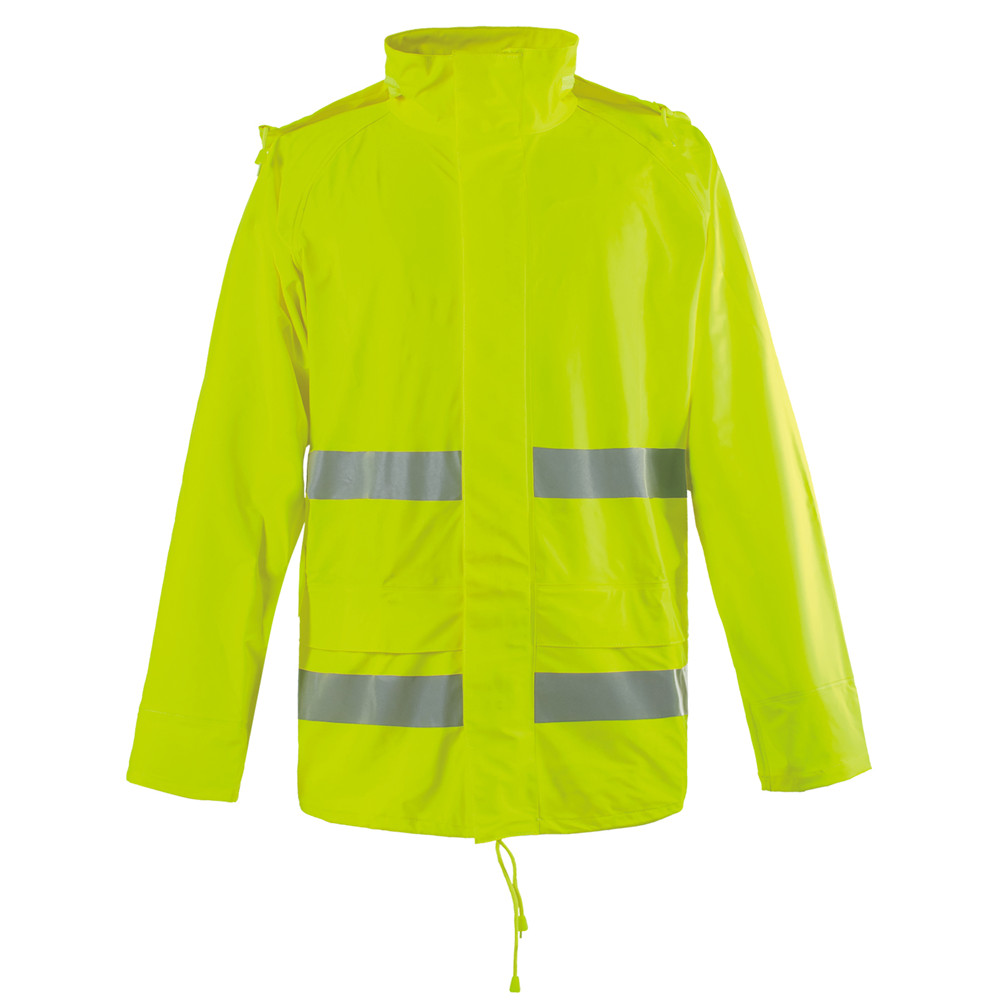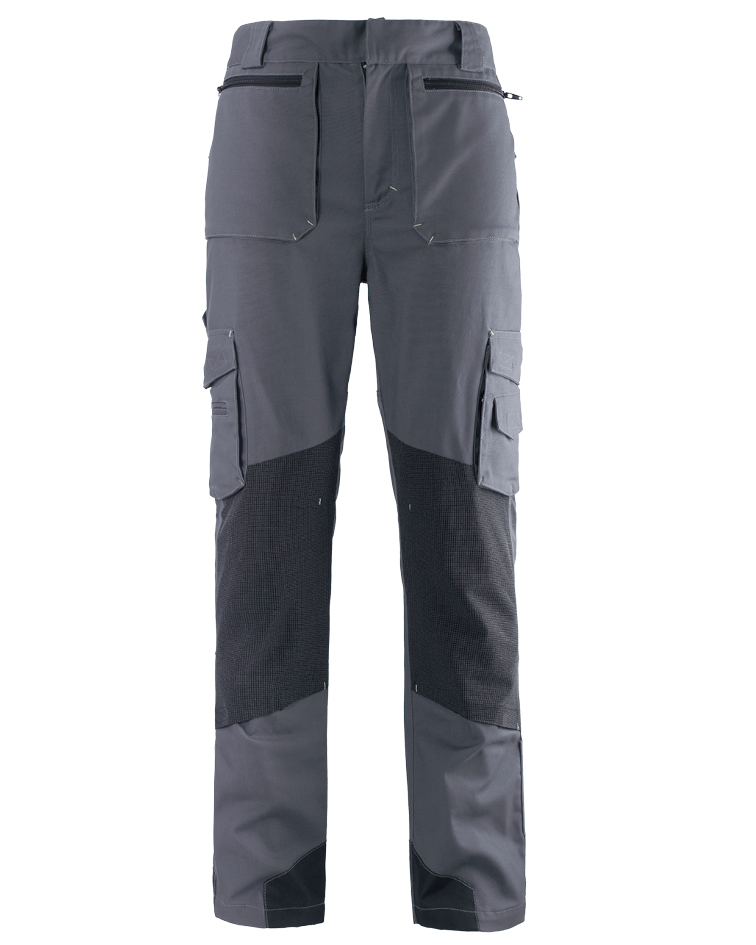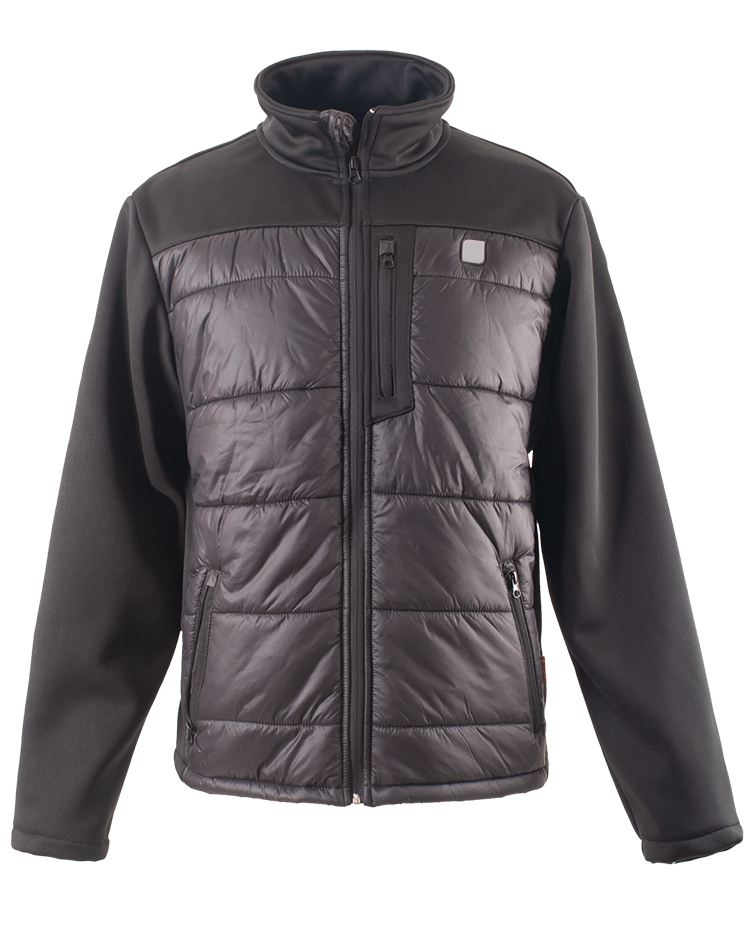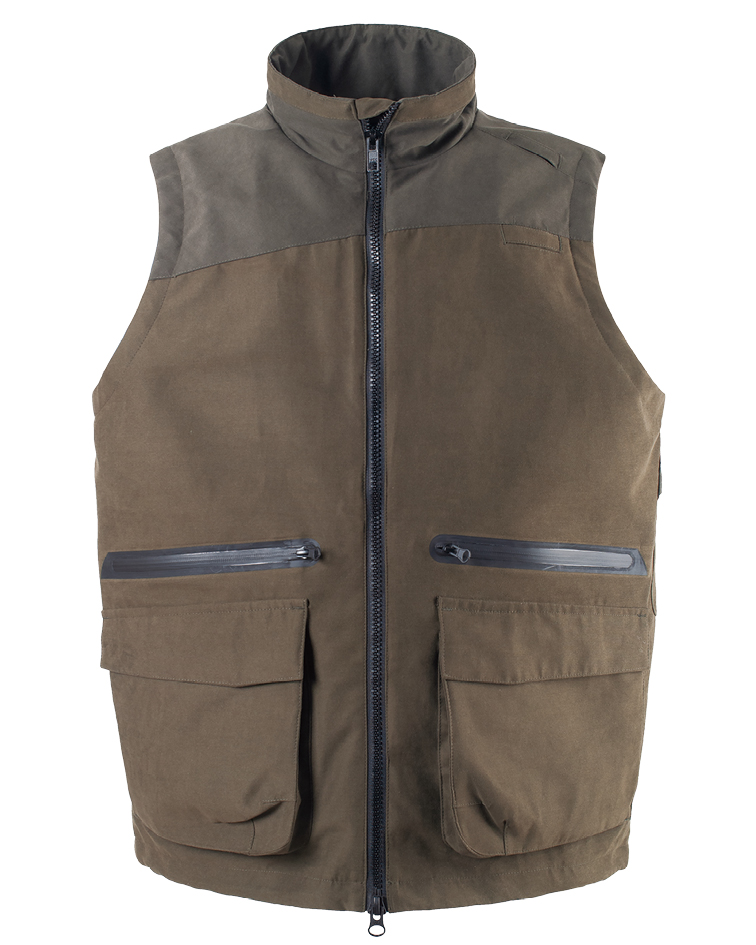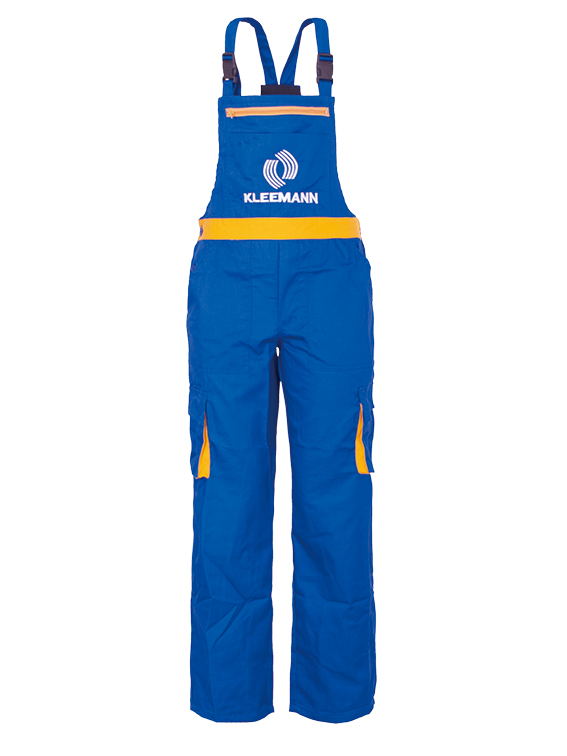Dear customers and friends:
Why the SOFTSHELL VEST keeps winning field tests
Short Description: DM304. Origin: 14/F., Yisheng Building, No.68 West Heping Road, Shijiazhuang, China. I’ve handled a lot of outerwear over the years, and—honestly—this one sits in that sweet spot between rugged utility and everyday comfort. Many customers say it “just works” on cold-to-mild days when a full jacket is overkill.
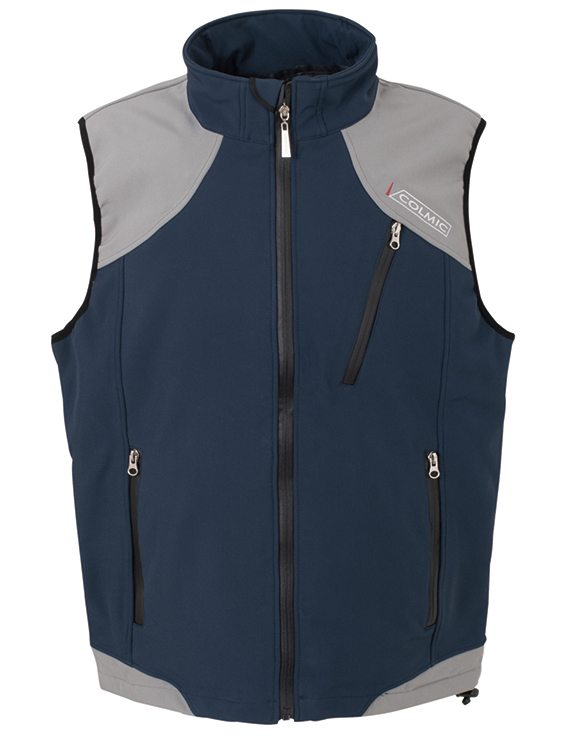
Industry trend check
Softshells are quietly replacing bulky fleeces in uniforms, logistics, and light industry. Why? Stretch-woven shells with a breathable membrane and DWR keep wind and drizzle out, while the brushed backer keeps warmth in. Procurement teams also like the lower total cost of ownership compared to fully taped rainwear—less weight, fewer complaints, faster adoption. In fact, we’re seeing more corporate programs pivot to SOFTSHELL VEST layers as a standard-issue midlayer.
Technical specifications (real-world, not lab-only)
| Shell fabric | Stretch-woven polyester (≈94%) + elastane (≈6%), bonded with TPU membrane, microfleece backer |
| Weight | ≈280–320 g/m² (varies by color lot) |
| Water resistance | Hydrostatic head ≈8,000–10,000 mm (ISO 811; real-world use may vary) |
| Breathability | MVTR ≈5,000–8,000 g/m²/24h (JIS L 1099 or ASTM E96 equivalent) |
| DWR rating | AATCC 22: 80–90 after 5 washes (typical) |
| Abrasion | ISO 12947 Martindale ≈30,000–50,000 cycles |
| Features | YKK zippers, chin guard, hem adjuster, zip hand pockets, inner stash |
| Certifications | Oeko‑Tex Standard 100 materials; optional bluesign-approved mills |
| Service life | ≈3–5 years in typical fleet use (wash care dependent) |
Process flow: from yarn to vest
Materials selection → Yarn dye (color fastness target 4–5) → Stretch weave → TPU membrane lamination → Brushed microfleece backer → DWR finish → CAD marking & laser cutting → Precision stitching (bar-tacks at stress points) → 100% inspection → Water repellency, breathability, and abrasion tests → Final QC and packing. Testing references: ISO 811 (hydrostatic), ISO 11092 (thermal/moisture), AATCC 22 (spray). To be honest, the DWR longevity depends a lot on end-user washing habits.
Where it excels
- Logistics, warehousing, drivers on early routes. - Construction supervisors who need arm mobility. - Corporate field teams, tech installers, utility crews. - Outdoor retail staff and branded merch programs. I guess the most common feedback is “warm core, no bulk.”
Vendor comparison (what buyers quietly check)
| Vendor | MOQ | Lead time | Fabric certs | Typical tests | Customization | Price range |
|---|---|---|---|---|---|---|
| Dellee (this SOFTSHELL VEST) | ≈300 pcs | 30–45 days | Oeko‑Tex; optional bluesign mills | ISO 811, AATCC 22, ISO 12947 | Embroidery, print, heat‑transfer, colorways | Mid-range, stable |
| Generic Vendor M | 500–1,000 pcs | 45–60 days | Varies | Basic water spray only | Limited | Low–mid, fluctuates |
| FastFashion Co. | No MOQ | 7–15 days | Unspecified | Minimal QC | Print only | Low, variable quality |
Customization and programs
Color-matched zippers, reflective trims, branded pulls, and size runs XS–4XL are typical. For EU tenders, some buyers request EN 14058 cold‑environment data; Dellee can provide internal reports alongside ISO 11092 Ret values and AATCC 22 results. Branding methods: embroidery for longevity; heat‑transfer for fine logos.
Mini case studies
Logistics fleet, Rotterdam: 600 units of SOFTSHELL VEST. Feedback after 4 months: fewer “too hot” complaints versus padded vests; DWR still beads after weekly washes.
Telecom installers, Midwest US: Crew praised stretch during ladder work; abrasion at tool belt points remained within spec after a season—surprisingly better than their old canvas gilets.
What buyers should verify
- Request ISO 811 and AATCC 22 test sheets by color. - Check DWR after 5 wash cycles. - Ask for Martindale abrasion and zipper cycle tests. - Confirm fabric compliance (Oeko‑Tex; bluesign when needed). It sounds fussy, but this is how you secure a vest that holds up—not just looks sharp on day one.
References
- ISO 11092: Physiological effects — Measurement of thermal and water‑vapour resistance. https://www.iso.org/standard/55996.html
- ISO 811: Textiles — Determination of resistance to water penetration. https://www.iso.org/standard/55856.html
- AATCC 22: Water Repellency: Spray Test. https://www.aatcc.org/testing/aatcc-22/
- OEKO‑TEX Standard 100. https://www.oeko-tex.com/en/our-standards/oeko-tex-standard-100
- bluesign system — Safer, more sustainable textiles. https://www.bluesign.com/
- ISO 12947: Textiles — Martindale abrasion. https://www.iso.org/standard/76108.html
Post time: Oct . 13, 2025 18:30

